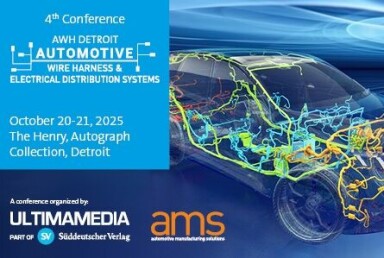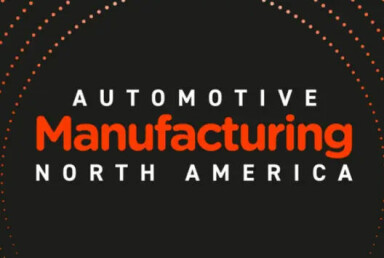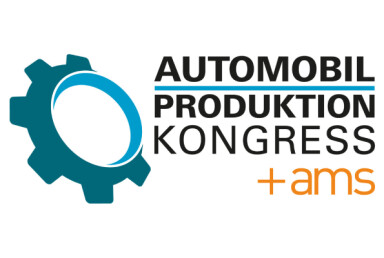North American Production Pivot
Stellantis reverses course on US stance with $10bn manufacturing investment
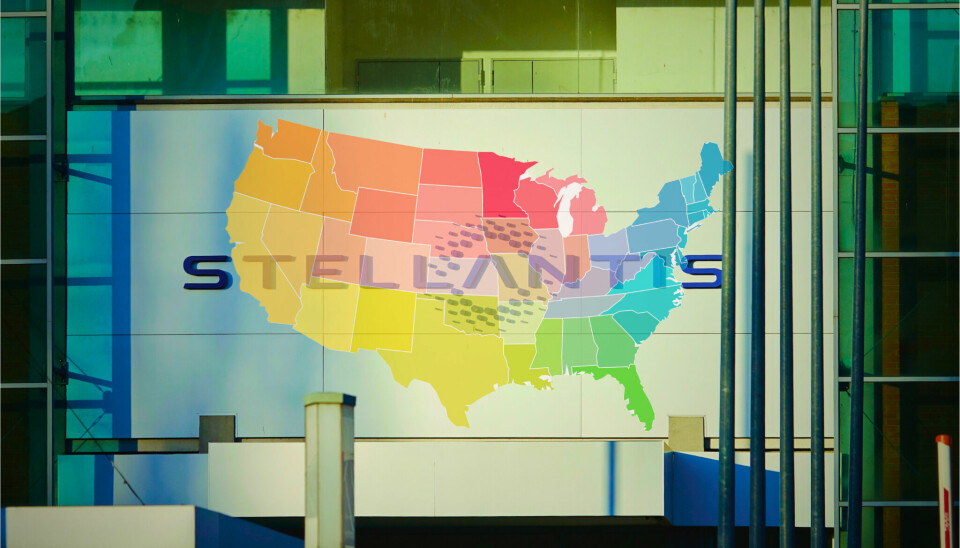
New chief executive Antonio Filosa charts dramatic reversal from predecessor's low-cost country strategy, refocusing capital on North American manufacturing as European operations face mounting overcapacity challenges
The transformation underway at Stellantis seems to represent more than a mere recalibration of investment priorities. What seems to be underway is a fundamental reassessment of where value creation occurs in global automotive manufacturing, particularly as tariff regimes and political pressures reshape strategic decision making.
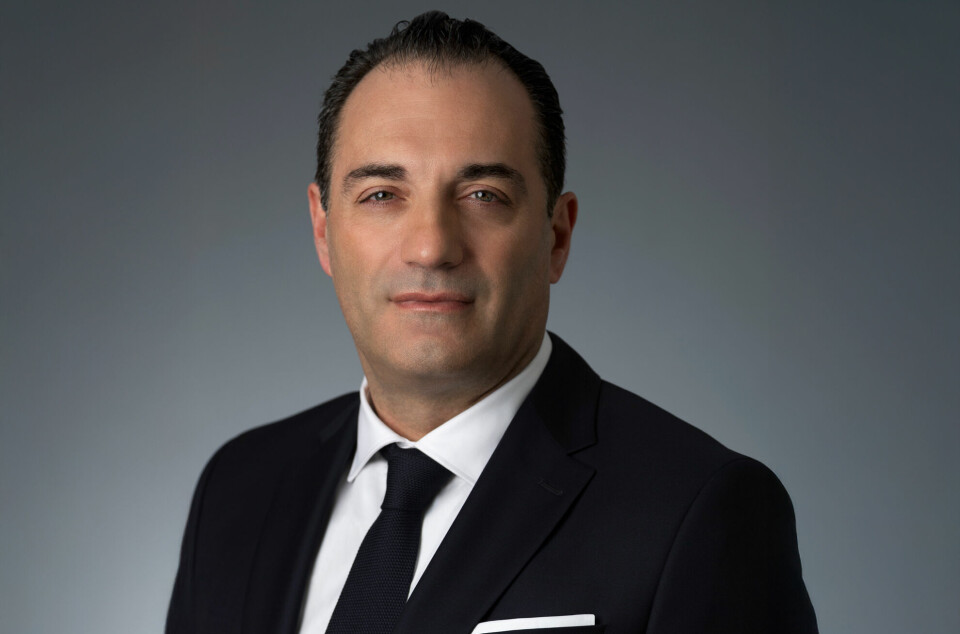
Antonio Filosa, who assumed the chief executive role in May after 25 years within the organisation, is reportedly preparing to announce approximately $10 billion in American manufacturing investments over the coming weeks. The figure comprises roughly $5 billion in fresh capital atop a similar sum earmarked earlier this year, according to sources familiar with the deliberations.
These investments, spanning several years, would flow into facilities across states including Illinois and Michigan, encompassing plant reopenings, workforce expansion and new model development.
The proposed allocation marks a striking departure from the approach of Filosa's predecessor, Carlos Tavares, whose tenure emphasised aggressive migration of production and engineering operations to lower-cost jurisdictions such as Mexico whilst simultaneously directing substantial capital towards Europe. That regional focus proved problematic as European automotive demand weakened and profitability eroded, even as the continent grappled with manufacturing overcapacity exacerbated by an influx of competitively priced Chinese vehicles.
The Belvidere commitment and labour relations
Central to Filosa's American strategy stands the idled Belvidere assembly facility in Illinois, where Stellantis has pledged to restore approximately 1,500 jobs through production of a new midsize pickup vehicle. The commitment to reopen the shuttered plant by 2027 forms part of agreements reached with the United Auto Workers, whose relationship with the manufacturer had grown increasingly strained over unfulfilled investment promises.
The Belvidere reopening carries significance beyond its immediate employment impact. It represents a tangible demonstration of manufacturing commitment in an environment where Chairman John Elkann has previously met President Donald Trump to discuss American investment plans. Such visibility matters when the administration wields tariff policy as an industrial tool and when maintaining constructive relationships with organised labour proves essential to operational stability.
This dynamic extends industry-wide, with Hyundai, for example, announcing in August it would increase American investment by $5 billion to reach $26 billion through 2028
Brand rehabilitation and product strategy
Filosa's investment strategy extends beyond facilities to encompass product renewal, particularly for brands that generated substantial profits historically but have suffered recent market share erosion. The company is reportedly focusing on reclaiming Jeep's former market dominance whilst considering fresh investment in Dodge, potentially resulting in a new V8 muscle car. Even Chrysler, long relegated to minimal product offerings, may receive renewed attention over the longer term.
These brand investments reflect recognition that manufacturing excellence alone cannot reverse Stellantis's fortunes. The company requires compelling products that justify the premium pricing necessary to offset higher American labour costs. Whether refreshed Jeep models and a possible Dodge muscle car can generate sufficient consumer enthusiasm to validate the manufacturing investment remains an open question, particularly as electrification mandates and fuel economy regulations constrain traditional high-margin performance vehicles.
The European dilemma
The American investment surge unfolds against troubling European developments, where Stellantis has temporarily paused production at eight facilities amid weak demand for models including the Alfa Romeo Tonale and Fiat Panda. The automaker confronts the same overcapacity challenge afflicting rivals as Chinese manufacturers expand European presence with attractively priced vehicles that undercut local production economics.
Filosa has begun withdrawing support from certain European initiatives, including a hydrogen vehicle joint venture with Michelin and Forvia. The company is also reportedly exploring sale of its Free2move car-sharing operation and has retained McKinsey for strategic advice regarding Maserati and Alfa Romeo, though it maintains no plans exist to divest Maserati.
The European situation creates inevitable tension with labour representatives, who view the American investment pivot with alarm. Filosa is scheduled to meet Italian union representatives on 20 October as concerns mount regarding potential plant closures, notwithstanding ambitious production commitments the previous management made for Italy. The political sensitivity cannot be overstated given Stellantis's significance to Italian industrial employment and the Agnelli family's prominent position in Italian business life.
Tariff navigation and political calculation
The investment announcement's timing intersects with intensive lobbying efforts as Stellantis seeks to secure waivers or modifications to potential 25 per cent tariffs on medium and heavy-duty Ram pickups manufactured in Mexico. The situation exemplifies how contemporary manufacturing strategy must account for policy volatility, with capital allocation decisions influenced as much by tariff exposure as by traditional factors such as labour costs, logistics and market proximity.
This dynamic extends industry-wide, with Hyundai, for example, announcing in August it would increase American investment by $5 billion to reach $26 billion through 2028. The pattern suggests political pressures and tariff concerns are reshaping global manufacturing geography more fundamentally than would occur through purely economic optimisation.
Early results and strategic credibility
Some indicators suggest Filosa's approach may be gaining traction. Third-quarter American deliveries showed gains that buoyed investor sentiment in early October, offering preliminary evidence that operational improvements and product adjustments can reverse share erosion. Whether such improvements prove sustainable remains uncertain, particularly as competitors respond and macroeconomic conditions evolve.
The broader question concerns strategic coherence. Does concentrating investment in higher-cost American manufacturing whilst withdrawing from European operations represent sound long-term positioning, or does it reflect capitulation to short-term political pressures? The answer likely depends on whether Stellantis can generate sufficient product desirability and manufacturing productivity to offset American labour cost premiums, an outcome far from assured.
The path forward
Filosa inherits an organisation requiring stabilisation across multiple dimensions simultaneously. Market share demands recovery in both America and Europe. Manufacturing footprint needs rationalisation to match demand patterns. Brand equity requires rehabilitation through compelling products. Labour relations necessitate repair, and profitability must improve sufficiently to fund the transition. All this whilst navigating unprecedented policy volatility and intensifying competition from Chinese manufacturers.
The $10 billion American investment demonstrates a substantial commitment of capital and strategic focus. Whether it proves sufficient to achieve turnaround objectives depends on execution quality, product reception and competitive responses. What remains clear is that global automotive manufacturing continues recalibrating at a pace that renders incremental adjustment inadequate. Stellantis is placing a considerable wager that concentrating resources on North American manufacturing will position it favourably as this transformation unfolds.
Read more North American production stories
The OEM’s strategy update and capital markets day, planned for next year, will offer greater clarity regarding long-term direction. Until then, the automotive manufacturing community watches closely as one of the industry's largest players attempts a pivot of remarkable scale and ambition.








